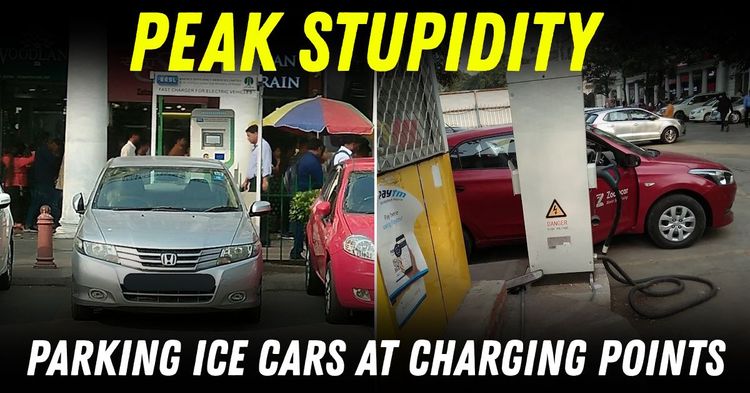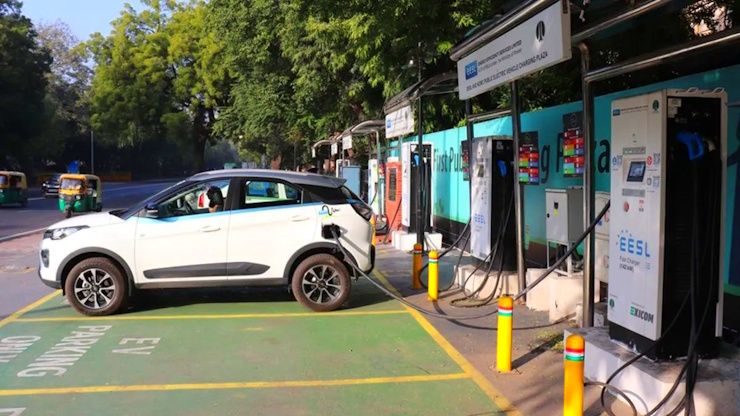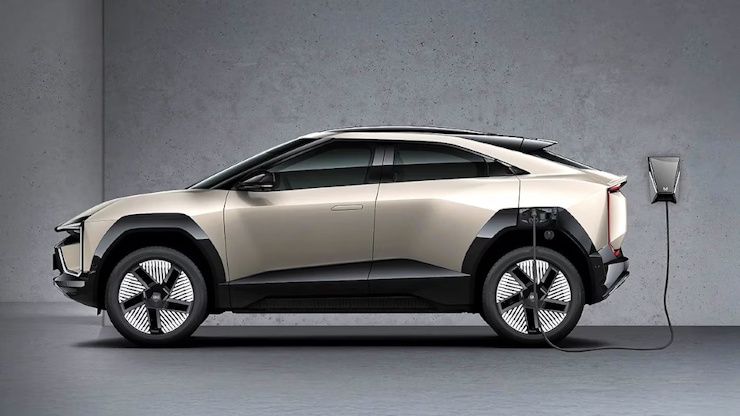The Sad Reality of India’s EV Charging Network


The Indian electric vehicle (EV) market is buzzing with anticipation. Every month, headlines announce the arrival of new electric SUVs, hatchbacks, and luxury cars, promising a cleaner, greener future. From the much-awaited Maruti Suzuki e-Vitara and the in-the-market Hyundai Creta EV to the premium Audi Q6 e-tron and MG Cyberster, the choices for prospective buyers are set to multiply in 2025. These vehicles boast impressive features—longer ranges, faster acceleration, and a suite of modern comforts—making the prospect of EV ownership more appealing than ever.

Yet, for many Indians considering an electric car, the excitement quickly gives way to a sobering reality. The promise of seamless, worry-free electric mobility is still far from being fulfilled, thanks to the persistent shortcomings of India’s EV charging infrastructure.
Automakers and government agencies are not shy about their ambitions. Plans are afoot to install tens of thousands of charging points across the country, with some targets as high as 400,000 by 2027.
The government’s PM E-Drive Scheme and FAME II initiative have earmarked thousands of crores for new fast-charging stations, and major players like Tata Power, Reliance, and BPCL are all investing in expanding the network. In urban centres, you’ll find announcements about “10,000 charging points” or “coverage in 850 cities,” and even luxury brands like Audi tout their 6,500-strong charging network.

On paper, these numbers sound impressive. But for the average EV buyer, especially one hoping to use their car for more than just city commutes, the reality is far less reassuring.
Take a drive through any major Indian city, and you’ll quickly discover that finding a public charger is not as easy as the press releases suggest. For example, the reviewer in this video had to hunt down a working charger to start his Mahindra XEV 9e range test:
While Delhi claims over 18,000 charging points, a closer look reveals that many are non-functional, vandalised, or simply missing. It’s not uncommon to find a charging station listed as “active” on an app, only to arrive and discover broken wires, missing charging guns, or the entire unit repurposed as a garbage dump. Even at high-profile locations like Connaught Place or the new Parliament building, chargers often lie defunct for months, with no visible repairs in sight.
And another vlogger has logged his experience of finding chargers—you decide if its funny or sad.
This isn’t just a Delhi problem. Across India, a significant portion of public charging stations are frequently out of order. Studies suggest that as of early 2024, only about half of the 25,000 installed chargers were actually operational. Theft of equipment, poor maintenance, and unreliable power supply are common complaints. For many, the experience of hunting for a working charger is so frustrating that it becomes a major deterrent to EV ownership.
For long-distance travel, the situation is even bleaker. India’s network of true fast chargers—those capable of delivering 100kW or more—is minuscule. Most public chargers, even in metro cities, are slow (15–30kW), which means a typical EV could take hours to charge. Fast chargers, where available, are often limited to select urban pockets or luxury dealership networks, and even then, operational reliability is far from guaranteed.
On highways, the dream of a “pit stop” style charging experience remains just that—a dream. While a handful of Shell or Jio-BP stations in the South offer relatively better facilities, most highway chargers are either slow, unreliable, or non-existent. This makes planning a road trip in an EV a nerve-wracking exercise, with drivers often forced to carry portable generators or rely on the kindness of strangers for a top-up charge.
It’s no surprise, then, that range anxiety continues to haunt Indian EV buyers. Surveys consistently show that over half of potential buyers are put off by the fear of running out of charge, especially outside city limits. The lack of a reliable, widely distributed charging network means that most EV owners stick to home charging—nearly 90% according to some reports. For those without a fixed parking spot or living in apartments where installing a charger is a bureaucratic nightmare, even this option is fraught with challenges.
The result? Despite the buzz around new launches and government incentives, EV adoption remains sluggish, especially among those who need their car for more than just city commutes. The current infrastructure simply does not support the kind of spontaneous, long-distance travel that Indians are used to with petrol and diesel vehicles.
India’s EV revolution is real, but it is being held back by the very infrastructure meant to support it. Until the charging network becomes truly reliable, widely available, and fast enough to match the needs of modern drivers, the excitement around new EV launches will remain just that—excitement, not action.
For the prospective buyer, the message is clear: look beyond the glossy brochures and grand announcements. The sad reality is that unless you have access to dependable home charging and rarely venture beyond city limits, the Indian EV charging network is still a work in progress. The dream of effortless, worry-free electric mobility may be on the horizon, but for now, it remains frustratingly out of reach.